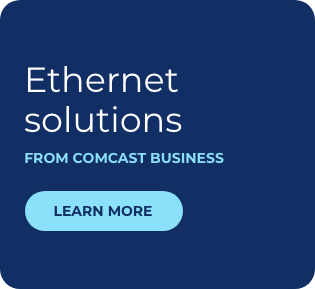An Engaged Patient is a Healthier Patient: Connecting Providers and Patients with New Technologies – Part 1

The age of digital technologies has had a major impact on a variety of industries –healthcare in particular. With patients becoming more engaged with their health information, healthcare organizations are transforming the way they operate and share patient records. In this three part series, we will highlight the ways in which digital records and health information is accessed by patients and how organizations are handling the need for increased connectivity and robust data networks.
Not too long ago, relationships between physicians and patients were somewhat lopsided. Most patients put themselves completely in their physician’s hands and counted on the physician to diagnose, treat and monitor illnesses. Patients adopted a “doctor knows best” mentality, and other than following their doctor’s orders, they did not take full and proactive ownership of their health status. Patients rarely saw their medical records, and when they did, it was typically done briefly in the doctor’s office.
Much has changed. Not only are patients taking a more active part in their own healthcare, healthcare providers are now required to engage more directly with patients and ancillary caregivers, including specialists, payers, pharmacies, laboratories, and more. Indeed, even before the guidelines set forth in Meaningful Use Stage 2, healthcare providers have sought ways to strengthen the physician-patient relationship.
Today’s enhanced exchange of information between providers and patients would not be possible without advanced diagnostic, communications and data technologies. From patient portals and telemedicine applications to consumer wearables and video diagnostics and treatment, advances in health IT and mobile technologies are changing the paradigm for the way doctors can collaborate with, engage with and keep patients informed.
At a HIMSS ’15 focus group in Chicago, healthcare IT and operations professionals discussed the challenges and opportunities inherent in patient engagement technologies. While each reported varying levels of success, one fact remains clear: Robust data networks are crucial for supporting those technologies and helping to improve patient outcomes and reduce costs.
PORTALS PUT HEALTHCARE AT PATIENTS’ FINGERTIPS
Meaningful Use Stage 2 requires hospitals and physicians to provide patients with the ability to view online, download and transmit their health information within four business days of the information being available to the provider. To achieve this goal, providers are establishing patient portal web sites.
Using portals, patients can confirm appointments, fill out medical and social history forms, update records and pay outstanding balances. Online patient portals help chronically ill patients remain engaged in their care by allowing them to track appointments, request changes to their schedules, track test and lab results, manage medications, review doctors’ notes, and look up reliable information on their condition.
Patient portals are becoming more widespread as providers implement a variety of strategies to increase usage among patients. For example, some providers have tabletsfor use at the point of care, so while the patient is still on-site, he or she can sign up and access the portal via WiFi and have a healthcare professional demonstrate how it is used. Demonstrating a portal’s value is also critical for engagement with patients, for example, by helping patients avoid waiting room paperwork by allowing them to complete forms online. Providers also need to address portal security issues to assure patients that their sensitive health information will not be sold or accessible to outsiders.
Patient portals continue to evolve with new functions and features, such as instant/secure messaging, which allow patients to take control of their own care. In the future, we also may see unified patient portals that allow patients to access one common portal for every healthcare provider they have. Patient portals also have the future potential for meeting Meaningful Use Stage 3 requirements that are expected to focus on self-management and shared management of healthcare.
But first, providers must find a way to share data and networks and integrate the portal with an electronic medical records system. Plus, the 24x7 nature of patient portals requires a robust data connection as more and more patients sign up and use the portals to review results and download files and videos.
The age of digital technologies has had a major impact on a variety of industries –healthcare in particular.
Locked Content
Click on the button below to get access
Unlock NowOr sign in to access all content on Comcast Business Community
Learn how Comcast Business can help
keep you ready for what's next.











